Strawberry varieties for year-round cultivation
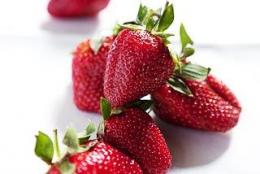
For every amateur gardener, the idea of a stable harvest from strawberry beds throughout the year looks very attractive. And the most attractive thing is the fact that it is sold out of season. Everyone knows that the cost of fresh berries in winter is quite high.
Strawberry – varietal crop. There are a considerable number of varieties, with certain qualities and corresponding characteristics. All of them differ in the size of the berries, ripening time, resistance to pests and temperature changes, as well as a peculiar adaptation to the soil.
Content:
- Varieties of strawberry varieties
- Methods for cultivating year-round varieties
- Varieties of varieties for year-round cultivation
- Strawberry crop yield
- Caring for strawberry crops during the growing season
Varieties of strawberry varieties
All varieties are divided into:
- Selected types of strawberry crops;
- Local varieties.
Selected varieties are grown in large agricultural complexes using a certain range of technologies for mass cultivation of crops. Amateur gardeners, as a rule, prefer local varieties. But the rapid adaptation of local varieties to regional conditions occurs at the expense of crop productivity.
Methods for cultivating year-round varieties
When using traditional strawberry cultivation methods, the harvest can be obtained only once a year. The method of growing remontant strawberries allows you to get two or three harvests per season.
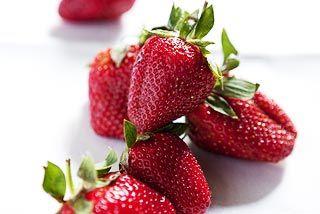
Methods have been developed and are being successfully implemented that make it possible to obtain crops year-round.
These methods of cultivating strawberry crops are successfully used in greenhouses and greenhouses of the agro-industrial complex. On an industrial scale in Holland, Israel, Japan, the USA and other countries that have stepped far forward in the use of the latest technology, strawberries are grown throughout the calendar year. This is the application of methods drip irrigation and hydroponics on a special substrate using special technologies developed for strawberry crops:
- Artificial lighting with a specific wavelength of emitted light
- Application of systematic nutrient media for strawberry crops
Varieties of varieties for year-round cultivation
In nature, there are no continuously fruiting varieties. In practice they are used remontant varieties, for example, “Selva”, “Queen Elizabeth”, which, with constant care of the crop, can produce a harvest throughout the calendar year. Care consists of timely replacement of “spent” strawberry bushes with new ones grown from seeds, tendrils or rhizomes, depending on the variety planted.
According to variety, all varieties are divided according to purpose:
- For open ground
These are varieties that are resistant to temperature changes and the quality of lighting factor.
- For closed ground
These are varieties that require a certain and even air temperature, a certain constant humidity level, and the level of light plays a large role in the formation of berries.
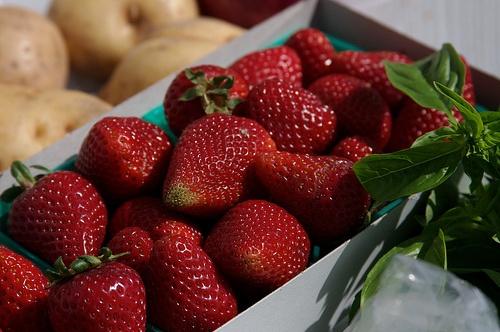
For gardeners, it is recommended to select varieties with a good yield level and relatively high resistance to pests and diseases:
Strawberry crop yield
As a rule, the level of yield directly depends on proper care for the plant crop, the selected variety and the conditions created for growing the crop. The approximate yield can be calculated using simple mathematical operations:
- One common strawberry bush produces about 15 berries per season. The weight of one berry depends on the variety. We multiply the number of fruits by the weight of one berry - we get the relative yield of the variety.
- One bush of small-fruited strawberry, as a rule, yields 1.5 times more yield per season than ordinary strawberries.
- One remontant strawberry bush can produce up to 1000 berries during the growing season.
Caring for strawberry crops during the growing season
Strawberries are a crop that requires intensive feeding with nutrients in the form of organic fertilizers. Like no other plant, strawberries need constant nutrition, especially during the growing season and fruiting.
Professional gardeners prefer to combine strawberry varieties in such a way that they include early, mid-season and late crops. To ensure a continuous harvest cycle, remontant strawberry varieties are planted, which allows for a continuous harvest cycle.
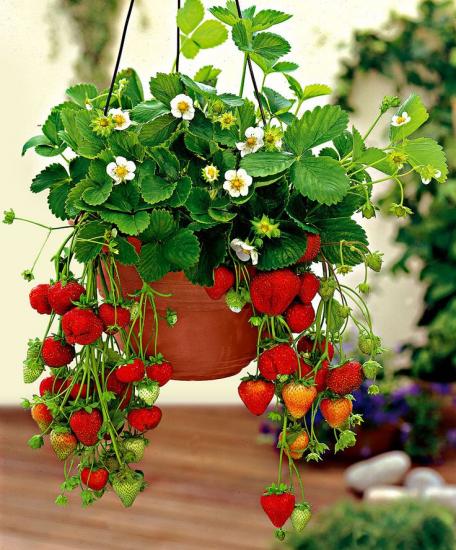
Recently, quite often you can find a lot of recommendations on the World Wide Web. growing a year-round strawberry crop at home, turning the apartment into a plantation for growing crops. It is recommended to use fans as plant pollinators, lighting equipment with specific lamps, and enclose the substrate in plastic bags and hang them for easy harvesting.
In theory, this process seems unburdensome and easy to implement, until a person encounters it in practice. And there are a large number of reviews about this method of growing strawberries in your apartment from those who practice this experience. From negative to unflattering.

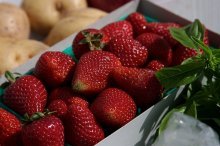
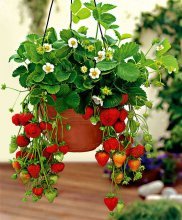
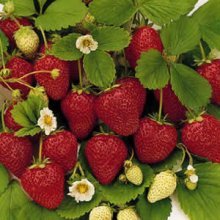
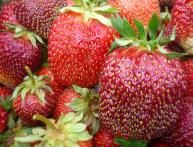
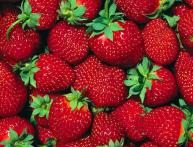
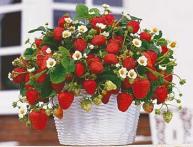
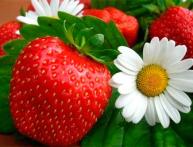
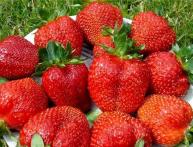
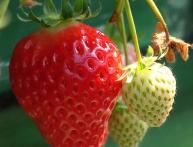
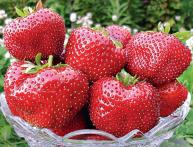
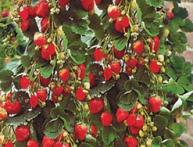
Comments
It would be nice if you could grow strawberries in your apartment. But really, the apartment is far from a greenhouse. It would be better then to make a small greenhouse in the yard. Then everything will definitely work out! And you can enjoy your favorite strawberries!”
Normal
0
false
false
false
RU
X-NONE
X-NONE
/* Style Definitions */
table.MsoNormalTable
{mso-style-name:"Regular table";
mso-tstyle-rowband-size:0;
mso-tstyle-colband-size:0;
mso-style-noshow:yes;
mso-style-priority:99;
mso-style-qformat:yes;
mso-style-parent:"";
mso-padding-alt:0cm 5.4pt 0cm 5.4pt;
mso-para-margin-top:0cm;
mso-para-margin-right:0cm;
mso-para-margin-bottom:10.0pt;
mso-para-margin-left:0cm;
line-height:115%;
mso-pagination:widow-orphan;
font-size:11.0pt;
font-family:"Calibri","sans-serif";
mso-ascii-font-family:Calibri;
mso-ascii-theme-font:minor-latin;
mso-hansi-font-family:Calibri;
mso-hansi-theme-font:minor-latin;
mso-bidi-font-family:"Times New Roman";
mso-bidi-theme-font:minor-bidi;}
Almost all varieties of small remontant strawberries bear fruit in winter, in ordinary flower pots. We sometimes leave. Of course, the harvests are ridiculous, but how great it is - strawberries on the bushes in the middle of winter!